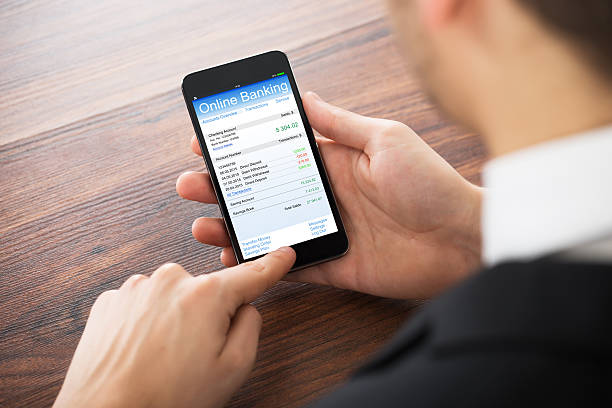When receiving an international wire transfer, the sender typically needs your personal information to ensure that the funds are directed to the correct recipient. This information may include:
Full Name: Provide your full legal name as it appears on your bank account. Avoid using nicknames or abbreviations to prevent any issues with processing.
Residential Address: Your current address is crucial for identification and verification purposes.
Date of Birth: Some countries or institutions may require your date of birth as an additional verification step.
Contact Information: Include your phone number and email address so that the sender or their bank can reach you in case of questions or issues.
Bank Account Details
To complete the international wire transfer, the sender needs specific information about your bank account. Ensure that you provide accurate details to prevent any delays or complications:
Bank Name: Clearly specify the name of your bank.
Bank Address: Include the full address of your bank branch.
Account Number: Provide your full bank account number, which should match the one associated with your name.
SWIFT/BIC Code: Supply your bank's SWIFT (Society for Worldwide Interbank Financial Telecommunication) or BIC (Bank Identifier Code) to help route the funds correctly. This code identifies your bank internationally.
IBAN (International Bank Account Number): If your country uses IBANs, provide this code instead of or in addition to the SWIFT/BIC code. The IBAN ensures the accuracy of cross-border transfers within the European Union and other countries that use it.
Purpose of the Transfer
Depending on the sending country's regulations and the sender's requirements, you might need to specify the purpose of the transfer. This could be a simple description, such as 'Payment for goods' or 'Family support.' Being clear about the purpose helps avoid misunderstandings and ensures compliance with any relevant laws.
Additional Information
Some international wire transfers may require extra information or documentation, particularly for larger transactions or specific types of transfers (e.g., investments or real estate purchases). Be prepared to provide any requested documents, such as contracts or invoices, if necessary.
Currency and Amount
Clearly specify the currency in which you expect to receive the funds and the exact amount. Any discrepancies between the expected amount and the transferred amount can lead to delays and complications.
Conclusion
Receiving an international wire transfer is a straightforward process when you provide the necessary information accurately and completely. By ensuring that you share your personal details, bank account information, the purpose of the transfer, and any required documents, you can facilitate a smooth and secure transaction. Additionally, staying informed about your bank's specific requirements and any applicable regulations in your country will help ensure a trouble-free receipt of funds from abroad.
Frequently asked questions (FAQs) about international bank routing codes




